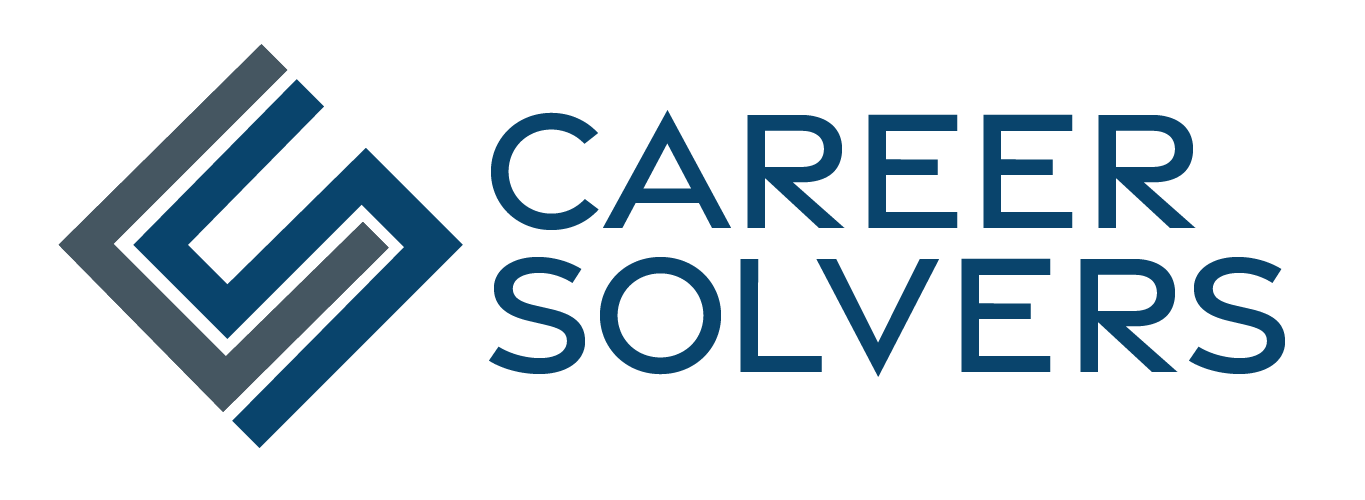 There are four basic categories of networking contacts. Each has its own unique value and a good networking campaign will draw from each category.
There are four basic categories of networking contacts. Each has its own unique value and a good networking campaign will draw from each category.
1. People you know well: friends, family, neighbors and co‐workers.
This is a good place to begin your campaign because these are the people who are close to you and who have the most interest in your success and are excellent networking contacts. There’s also a certain bit of comfort in starting with those you know, like and trust.
This is the group that you can ask for the most assistance. However, when networking with this group, it is important to set clear goals. They may want to help more than you want. It is also important to
acknowledge their value and to say “thank you.” Don’t take this group for granted. You never know who those closest to you might know.
2. People you see occasionally: acquaintances, business contacts.
More than 25% of the people who find jobs through networking received the referral from someone they see once a year or less! With the advent of social media, it’s possible to receive referrals from individuals you never meet in person. While these are people with whom you may be less comfortable, have offer some of the greatest potential. Ask this group for ideas and referrals.
When making contact you may need to reintroduce yourself. State your purpose, acknowledge their value, and request a meeting (most likely virtual, depending on the relationship). It is a good idea to set reasonable time limits for the meeting. Let them know you only want 10‐20 minutes of their time. Be sure you stick to your time limit. Come well prepared, be professional and organized in your discussion. Remember to follow up with a thank you.
3. Referrals from your other networking contacts.
Stretch your network by meeting new people who are the friends, associates, and acquaintances of your networking contacts. Again, these are more and more likely to be found online in your social media accounts. Look to LinkedIn first and foremost.
In every meeting or discussion you should also ask if the person knows of anyone else to whom you should speak. Sometimes these will be people with additional information, but they may also be potential employers. When approaching a referral contact, you should introduce yourself with a lead statement that will get their attention. It is very useful to use the name of the person who referred you. State your purpose and request a meeting. You should also limit the time for the meeting, be well prepared, and professional. Again, remember to follow up with a thank you.
4. Cold calling people you do not know and to whom you have not been referred.
Through your employment research, social media accounts and networking you may discover the names of people with whom you would like to talk. This type of contact takes another level of confidence, but the potential is great. Take the initiative and you will find that these contacts will pay off. Plus, remember that with LinkedIn, you have the opportunity to find and reach people more easily than at any time in our history.
Just always remember that the squeaky wheel gets the grease! So if LinkedIn doesn’t pay off with a response, don’t avoid picking up the phone and trying to connect. Not everyone stays connected to their social media and some are so overwhelmed that only a phone call may allow you to stand out. Once you’ve made contact and received any level of assistance, again be sure to say thank you.


